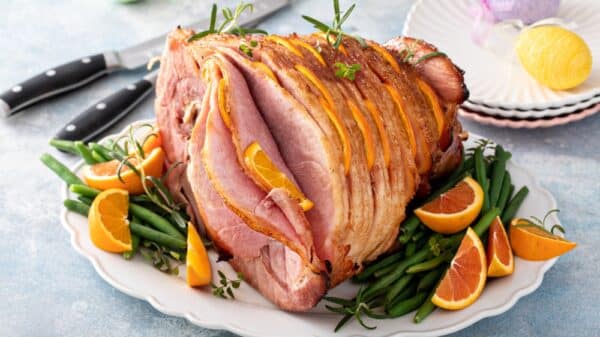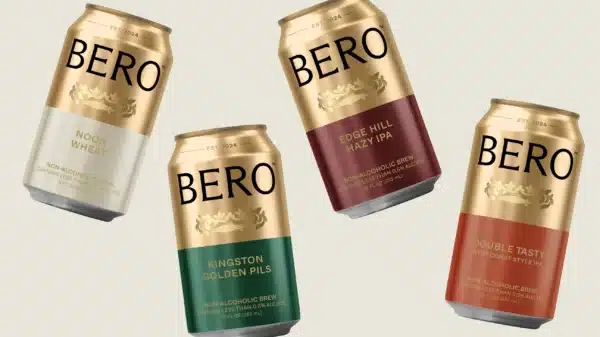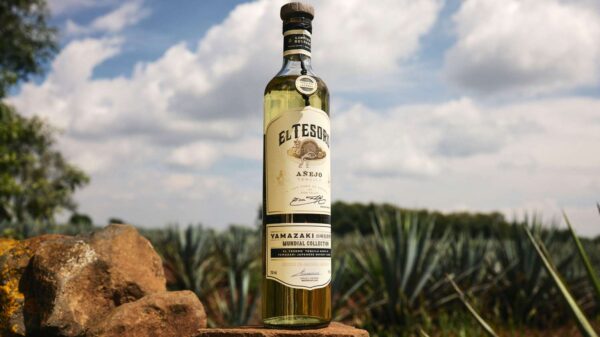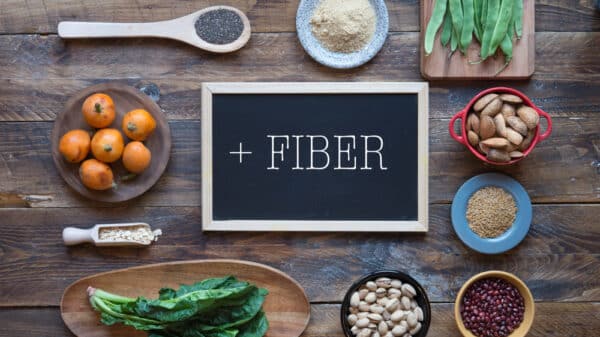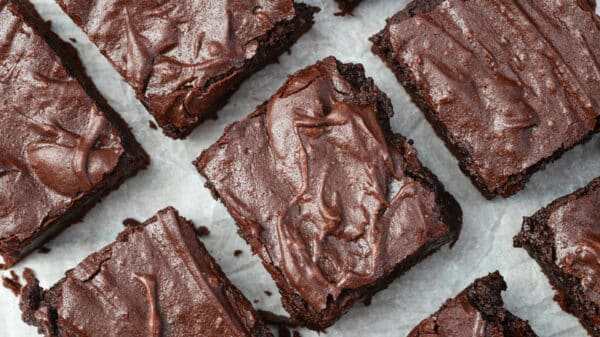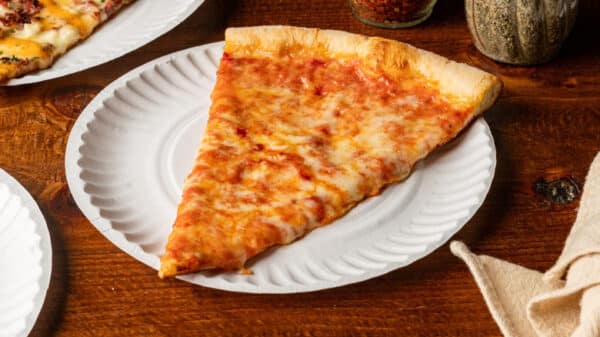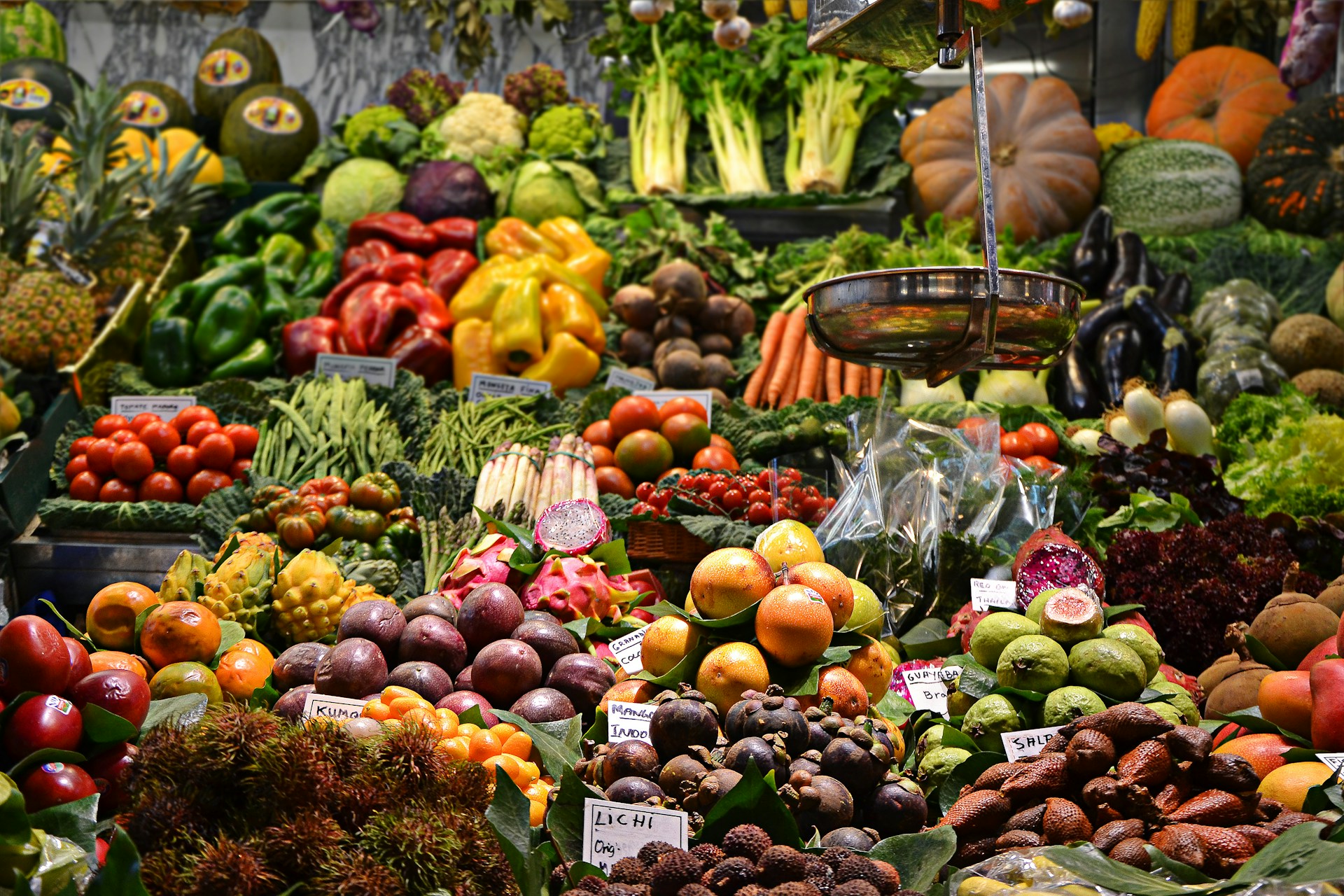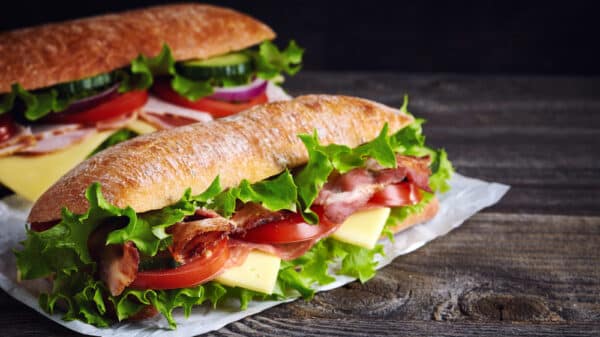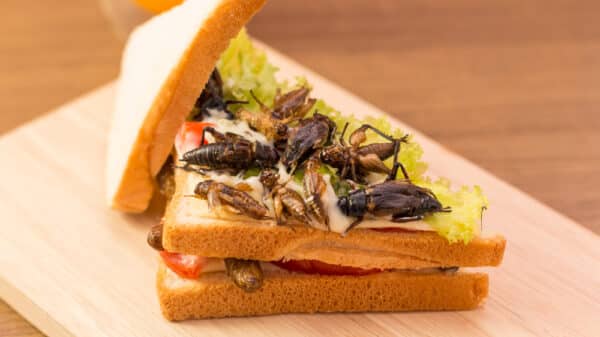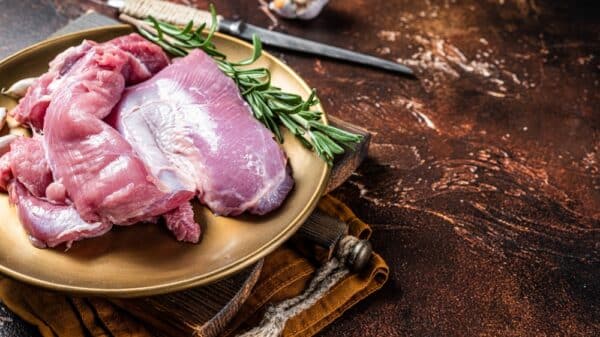Grilling is one of the ultimate joys of summer, transforming simple ingredients into flavorful delights. However, novice grillers often find themselves overly enthusiastic, eager to grill just about any produce they can get their hands on. Seasoned pitmasters know, though, that not all fruits and vegetables are created equal when it comes to grilling. Understanding the intricacies of which items can withstand the fire and heat can significantly enhance your grilling experience, save you from kitchen chaos, and ensure that you impress your guests rather than leave them feeling let down.
The Perils of Grilling Specific Produce
Some fruits and vegetables simply don’t carry the grilling torch as others do. Let’s delve into items that are generally best left off the flame and explore the reasons for their exclusion.
Tomatoes
While tomatoes are a cornerstone of many dishes, putting them directly on the grill can lead to a messy disaster. With their high water content, tomatoes tend to become mushy and fall apart easily, creating a charred mess on your grill that can be a headache to clean. Instead, consider using an oven or a grill-safe pan to achieve that roasted flavor without the frustration of a sticky grill.
Leafy Greens
Grilling leafy greens is often a recipe for disaster. While grilled romaine can hold its own on the grill, other delicate greens like spinach and arugula can quickly turn to ash, resulting in an unpleasant, smoky taste that overshadows their intended flavor. Instead, serve leafy greens raw to maintain their crispness and freshness, ensuring your guests enjoy a refreshing salad rather than a pile of burnt leaves.
Cucumbers
The refreshing crispness of cucumbers is often prized in salads, but their high water content means they aren’t suited for the grill. When exposed to high temperatures, cucumbers can become mushy and lose their satisfying crunch. Instead, focus on using them raw—sliced for snacking or diced in salads—to keep their vibrant flavor intact.
Green Beans
Although green beans have a sturdy appearance, tossing them unprotected on the grill can lead to two pitfalls: slipping through the grates or cooking unevenly, resulting in mushy centers. A better approach is to use a grill basket or a simple aluminum foil packet, which will keep them contained while allowing them to absorb that delicious grilled flavor.
Snap Peas
Despite their robust look, snap peas can easily tumble through grill grates, making them a risky addition to your grill. If you want to achieve that grilled flavor, consider using a grill basket or wrapping them in foil to maintain their crisp texture. This technique not only protects your veggies but allows them to shine while minimizing potential loss.
Beets: A Grilling Challenge
Cooking beets on the grill can be deceptively tricky. They require careful timing, and it’s all too easy to overcook them, resulting in a burnt exterior and undercooked interior. Instead of grilling them directly, wrap them in aluminum foil to create an environment that promotes even cooking while keeping their natural sweetness intact. Cleanup is also simplified when you can just toss the foil away afterward!
Bananas: The Careful Approach
Although grilled bananas can emerge as a delightful dessert when prepared correctly, placing them directly on the heat can turn them into a gooey mess. Wrapping them in foil allows you to achieve that soft, warm texture while preventing them from becoming overly mushy. Adding chocolate chips or a drizzle of peanut butter before grilling can elevate this simple treat into something truly special.
Celery: Better Off Raw
Celery’s high water content and mild flavor generally make it a poor candidate for grilling. Instead, utilize celery in its natural state, whether in a refreshing salad or crunchy snacks. Its crispness is what makes it shine, and grilling often diminishes its appeal, leaving it stringy and unappetizing.
Conclusion
The art of grilling is about knowing what to throw on the flames and what to keep cool. By avoiding these common pitfalls and recognizing which produce items are best left off the grill, you not only preserve the integrity and flavor of your ingredients but also enhance the overall quality of your barbecue experience. Embrace the beauty of fresh produce as it is, or find creative ways to adapt it for cooking methods that suit its nature best. Happy grilling!
The Art of Keeping Vegetables Fresh: A Guide for Summer Cookouts
When summer rolls around, grilling becomes a favorite pastime, often filled with delicious meats and vibrant vegetables. However, not all fresh produce is suited for the grill. Understanding which vegetables shine best in their raw form can elevate your cookouts and satisfy your guests’ taste buds.
Why Some Vegetables are Best Left Raw
Celery: The Crunchy Companion
Celery is a refreshing choice for any veggie platter. With its crisp texture and hydrating properties, it balances out the heavier flavors typical in grilled fare. Keeping celery raw not only preserves its bright, fresh taste but also offers a satisfying crunch that complements dips beautifully. Whether served with hummus or paired with cheese, celery is a versatile vegetable that deserves a spotlight at your summer gatherings.
The Grilling Gamble: Carrots
While carrots may seem to be a grill-friendly vegetable, cooking them over high heat can lead to undesirable outcomes. Grilled carrots often shrink and lose their inviting texture, transforming into a dry version of themselves. Instead, offer your guests the luxurious taste of roasted carrots. Roasting at 400°F for 10 to 15 minutes allows them to caramelize and retain their moisture, creating a tender, sweet side dish that enhances the dining experience. The effort pays off, and you’ll keep your grill clean in the process!
Creative Cooking Techniques for Carrots
1. Oven Roasting: Focus on oven-roasting for a juicy, flavorful result.
2. Seasoning: Enhance flavors with herbs or spices before roasting for an added layer of taste.
Grilling Fruits: A Messy Affair
The Struggles with Berries
It may be tempting to throw berries on the grill, but this is where things can go awry. Strawberries, raspberries, and blueberries can quickly turn into mush when exposed to direct heat. Instead, utilize your oven for a thoughtful heating approach. If you still want to enjoy warm berries, consider wrapping them in foil or using a grilling pan to contain their juices while getting that delightful caramelization.
Tips for Grilling Berries
– Use a Grilling Pan: Keeps the berries contained while adding flavor.
– Temperature Control: Monitor the heat to prevent sogginess.
Watermelon: The Refreshing Classic
Watermelon is synonymous with summer, but grilling it is a risky business. The natural sugars can quickly burn, creating a sticky mess on your grill. Instead of attempting to enhance its flavor with grill marks, serve watermelon cold to highlight its juicy sweetness. This not only avoids the hassle of cleaning the grill but allows the fruit’s natural flavor to shine.
Serving Watermelon Effectively
– Chilling: Keep watermelon on ice for that refreshing crunch.
– Creative Presentations: Cut into fun shapes for added visual appeal.
Conclusion: Stick to the Classics
When planning your summer menu, remember that some foods shine best when enjoyed in their natural state. Preserve the freshness of your vegetables and fruits by serving them raw or employing alternative cooking techniques. Your guests will appreciate the refreshing balance they bring to your smoky dishes, and you’ll enjoy easier cleanup, allowing everyone to savor the day. Enjoy the grill for staples like burgers and hot dogs, and let fresh vegetables and fruits take center stage!
Image Source: Unsplash


